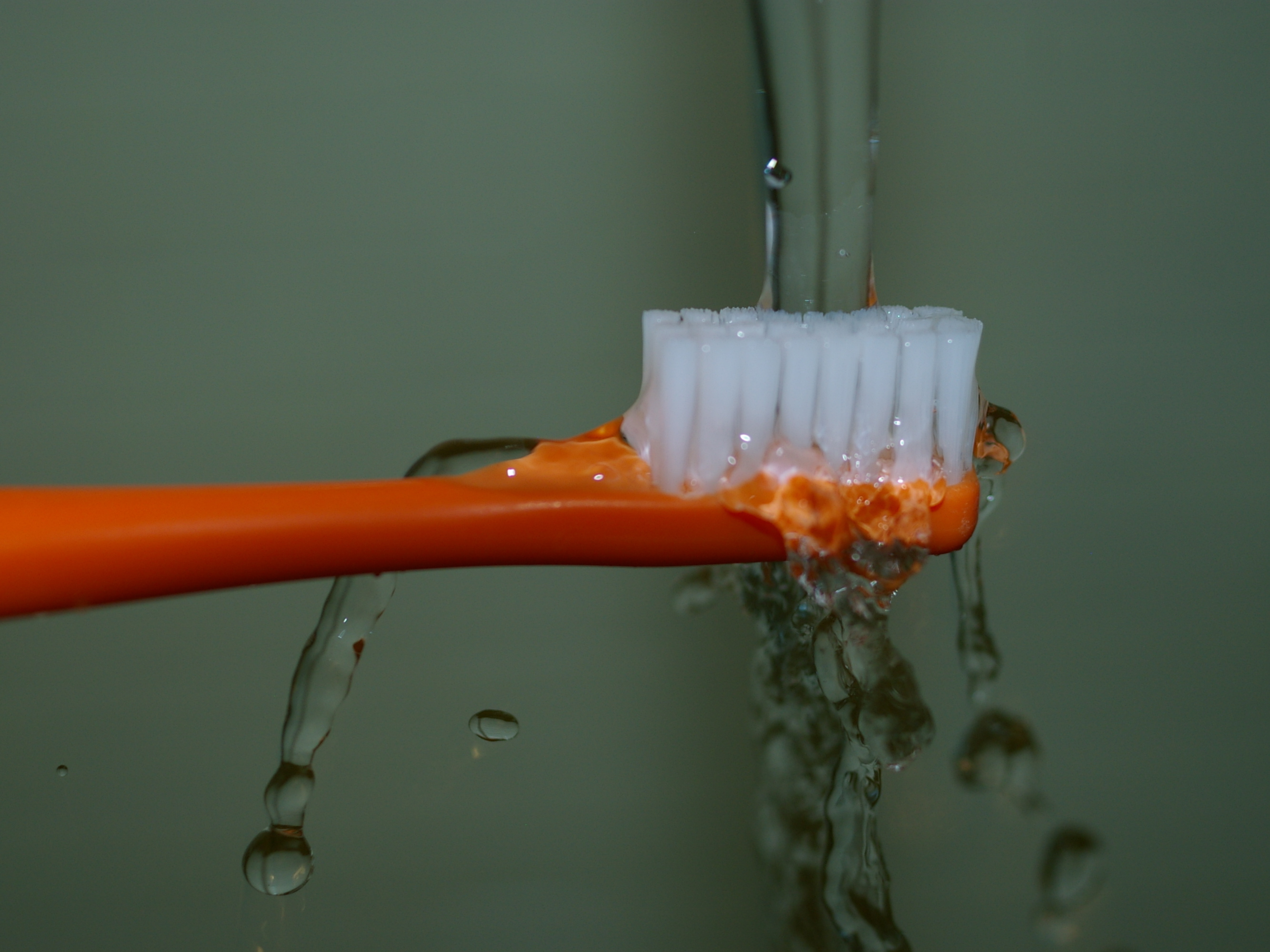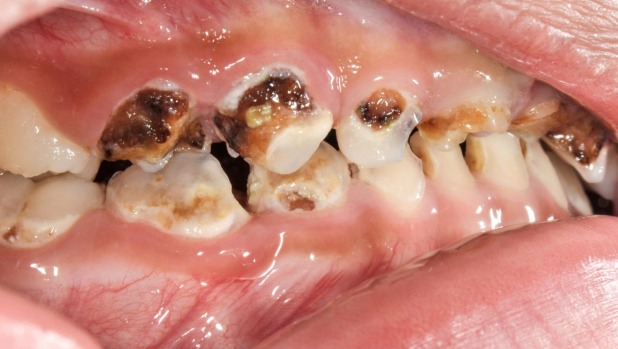My friend & blog-buddy Grant drew my attention to a story about osteosarcoma at stuff.co.nz – and to the comments section, where one commenter raised the issue of a claimed link between this rare form of cancer and community water fluoridation (CWF). This particular claim has surfaced quite a lot lately, as anti-fluoride groups target various local body councils around the country.
The claim is based on a published PhD study by Bassin (Bassin et al. 2006), who looked at a sample of 103 children with osteosarcoma and 215 matched controls, and concluded that there was a link between exposure to fluoride and the development of osteosarcoma in boys, but not in girls. They also noted that the findings were preliminary and needed further study, preferably involving biomarkers eg fluoride levels in bone. (Thus it’s interesting, to say the least, that this study is promoted so definitively by those opposed to CWF.) And in fact there have been a number of further studies – none of which support the Bassin group’s findings.
For example, in 2011 Kim et al published the results of a case-control study of 137 osteosarcoma patients and 51 controls. They measured the amount of fluoride present in the bones of patients and control individuals (in this case, patients with other forms of cancer), made allowances for age (& thus duration of exposure to fluoride in drinking water) and gender. The team used the bone assay because, since “fluoride has an affinity for calcified tissues” (ibid.), levels in the bone are a more reliable, objective measure of fluoride exposure than measurements based on residential history or – in the case of the paper by Bassin et al – interviews with patients about their use of fluoridated mouthwashes & supplements, in addition to information on where they’d lived.
The team found there was “no significant difference in bone fluoride levels between cases and controls”, and concluded that
“
[n]o significant association between bone fluoride levels and osteosarcoma risk was detected in our case-control study, based on controls with other tumor diagnoses.”They also characterised Bassin’s study as ‘exploratory’ and noted that a large number of earlier animal studies, and descriptive and case-control studies in humans, had not found any association between osteosarcoma & fluoride exposure.
Again, in 2012 Levy and Leclerc used information covering the period 1999-2006 from the Centres for Disease Control database to probe the supposed link between CWF and this form of cancer. This was a weaker study than that of Kim’s team, because it used the proportion of a state’s population exposed to CWF as the proxy for fluoride exposure, but it concluded that
“the water fluoridation status in the continental U.S. has no influence on osteosarcoma incidence rates during childhood and adolescence.”
Most recently, Blakey and colleagues (2014) studied more than 4,000 patients with either osteosarcoma (N = 2566) or Ewings sarcoma (N = 1650), with the aim of their study being
“to examine whether increased risk of primary bone cancer was associated with living in areas with higher concentrations of fluoride in drinking water.”
Their conclusions?
“The findings from this study provide no evidence that higher levels of fluoride (whether natural or artificial) in drinking water in [Great Britain] lead to greater risk of either osteosarcoma or Ewing sarcoma.”
In other words, to date the further research Bassin’s team called for has not replicated their findings, and means that claims of a causal link are questionable at best.
Also in 2011, Comber & colleagues compared osteosarcoma in Northern Ireland and the Republic of Ireland. While anti-fluoride groups regularly claim that osteosarcoma rates are higher in the Republic of Ireland, where water is fluoridated, and lower in Northern Ireland where CWF has never been implemented, Comber et al found no evidence for such an association:“The results of this study do not support the hypothesis that osteosarcoma incidence in the island of Ireland is significantly related to public water fluoridation.”Note that they did add a caveat, related to their small sample size:“this conclusion must be qualified, in view of the relative rarity of the cancer and the correspondingly wide confidence intervals of the risk estimates.”However, subsequent studies (listed above) have borne out their results.The New Zealand National Fluoridation Information Service also has some excellent information around this issue, including an analysis of data from the national cancer registry which again suggests no link between CWF and osteosarcoma.
Sources:
E.B.Bassin, D.Wypij, R.B.Davis, M.A.Mittleman (2006) Age-specific fluoride exposure in drinking water and osteosarcoma (United States). Cancer Causes Control 2006(17): 421-428
K.Blakey, R.B.Feltbower, R.C.Parslow, P.W.James, B.G.Pozo, C.Stiller, T.J.Vincent, P.Normal, P.A.McKinney, M.F.Murphy, A.W.Craft, & R.J.Q.McNally (2014) Is fluoride a risk factor for bone cancer? Small area analysis of osteosarcoma and Ewing sarcoma diagnosed among 0-49-year-olds in Great Britain, 1980-2005. Int.J.Epidemiol, doi: 10.1093/ije/dyt259. First published online: January 14, 2014.
F.M.Kim, C.Hayes, P.L.Williams, G.M.Whitford, K.J.Joshipura, R.N.Hoover, C.W.Douglass, & the National Osteosarcoma Etiology Group (2011) An assessment of bone fluoride and osteosarcoma. J.Dent.Res. 90(10): 1171-1176. doi: 10.1177/0022034511418828, PMCID: PMC3173011
M.Levy & B.S.Leclerc (2012) Fluoride in drinking water and osteosarcoma incidence rates in the continental United States among children and adolescents. Cancer Epidemiol. 36(2): e83-88. doi: 10.1016/j.canep.2011.11.008. Epub 2011 Dec 19.
H.Comber, S.Deady, E.Montgomery & A.Gavin (2011) Drinking water fluoridation and osteosarcoma incidence on the island of Ireland. Cancer Causes Control 22(6): 919-924. doi: 10.1007/s10552-011-9765-0






Leave a Reply